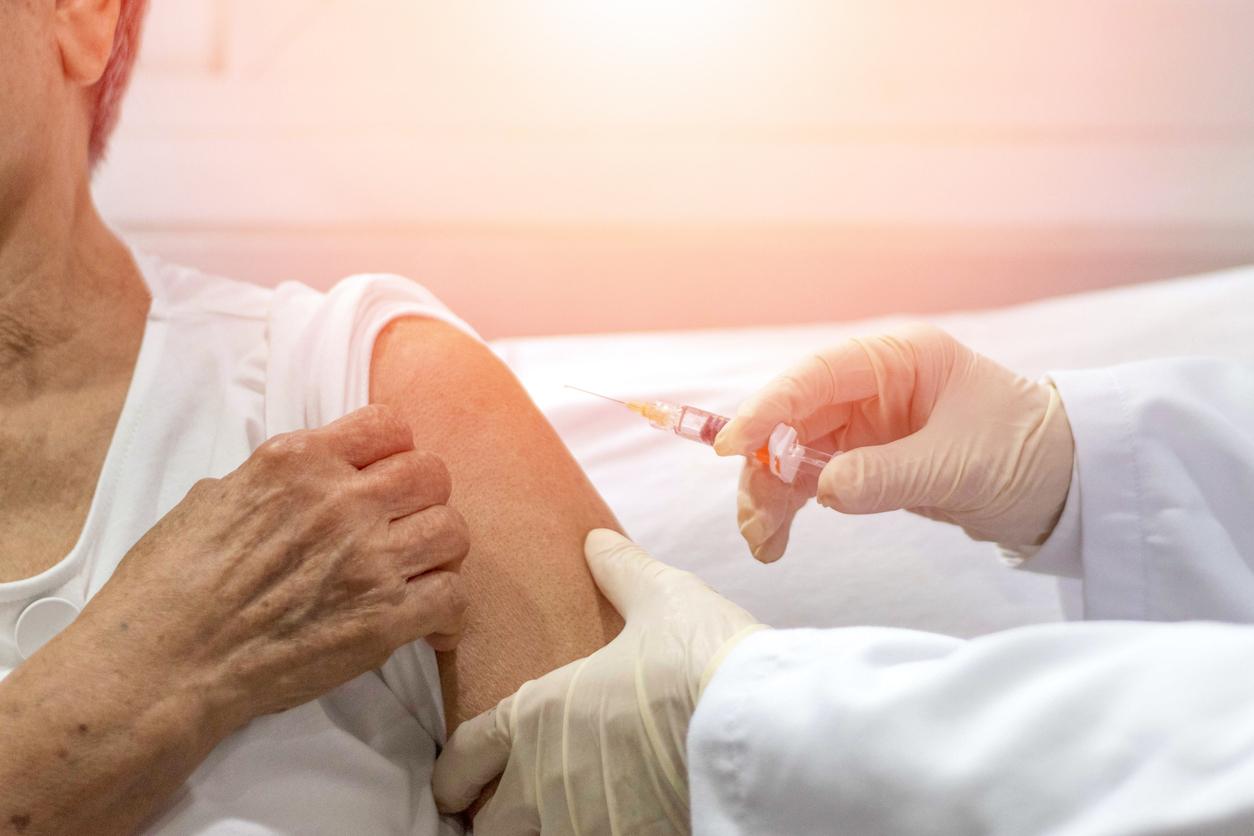A group of journalists accuses four additives of posing a risk to human health. All are subject to reassessment at European level.

A quarter of food additives are said to be harmful to health. This is the affirmation of a group of journalists, authors of a review book published by editions Thierry Souccar. The new additives guide tries to sort out additives with no effect on the consumer and those which present a danger. The task is not small since the team reviewed 150 scientific studies, from which they made a classification in four colors. In green, the additives which raise no suspicion. In red, those “which it is better to avoid”. Between the two, gray and orange to qualify the subject.
A precise definition
But what are we talking about, exactly? In food, additives correspond to a precise definition. According to the Directorate General for Competition, Consumer Affairs and Fraud Control (DGCCRF), they are “substances that are added to foods for technological purposes: to improve their preservation, reduce oxidation phenomena, color foods, enhance their taste, etc. A total of 338 different substances are authorized on the French market.
On the labeling, these additives are identified by the presence of a capital “E”, followed by a code which corresponds to the substance used. These are classified into five main categories: colorings, sweeteners, preservatives, antioxidants, texturing agents (emulsifiers, stabilizers, gelling agents, thickeners). Each of them is closely monitored to ensure that they do not present a risk to health.
4 accused groups
Despite this monitoring, the scientific literature regularly echoes worrying work on certain additives. Latest case: E171, also known as titanium dioxide. According to an INRA study, the food additive, especially present in candy, is able to cross the wall of the intestine, disrupt the immune system and induce precancerous lesions in rats. The National Agency for Food, Environmental and Occupational Health Safety (ANSES) was then contacted to reassess the profile of this substance.
To believe the conclusions of the team of authors, this is not the only product to raise doubts. They believe that four types of additives are suspect: dyes, phosphates, emulsifiers and nitrites. The former are suspected of promoting behavioral disorders or hyperactivity. The latter are accused of promoting cancer.
A general reassessment
While sweeteners are the subject of relative consensus – aspartame in particular – this is not the case for all additives. Most of the work is on mouse models. This is the case, for example, of a study published in Nature on emulsifiers. It shows that these products modify the intestinal microbiota of animals and cause inflammation.
Side dyes, the suspicions are better founded. Caramel colors, for example (E150a, E150b, E150c, E150d), transform into neoformed substances when heated. And these can turn out to be toxic. Phosphates are the subject of a “high priority” reassessment by the European Food Safety Authority (EFSA), whose conclusions are expected at the end of 2018.
In fact, the Agency has started re-evaluating “all authorized additives”, underlines ANSES. A substantive task which does not prevent certain substances from being removed from the official list on an ad hoc basis.
.

















